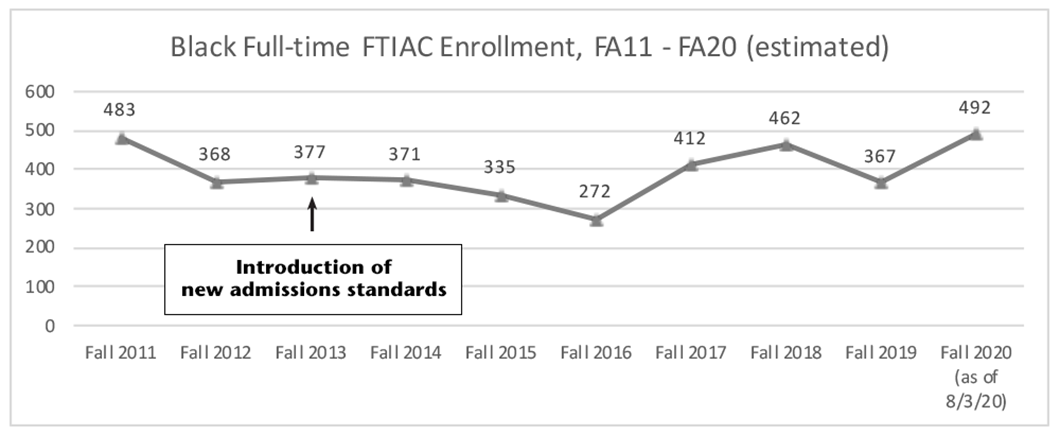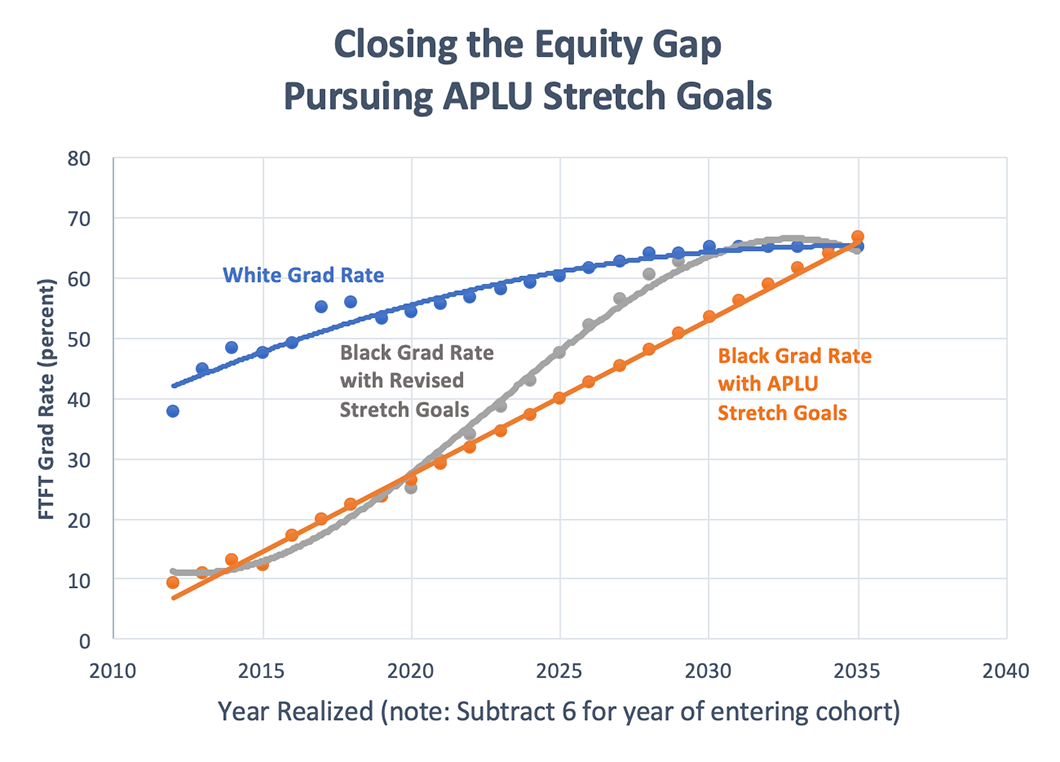|
Enrollment and student success at Wayne State University All data verified by Wayne State Office of Institutional Research as of Aug. 3, 2020 Recent communications and media reports regarding Wayne State’s student success and enrollment, particularly among Black students, have unfortunately cast notable successes in a negative light, leading to questions and confusion on these important issues. This document, compiled using official data from our Office of Institutional Research as of today, is intended to clear up this confusion and highlight the amazing work performed by our student enrollment and success offices in the recruitment and support of all students, including and especially our Black students. There is always more work to do, but this progress is good news and success worth celebrating. Enrollment: Wayne State is bucking the trend and increasing enrollment despite the pandemic that is hurting enrollment at most universities. - Overall projected enrollment — all students at all levels — is up slightly versus fall 2019 despite a deep decline in international students.
- Overall projected freshman enrollment is up over last year. WSU is trending to have more than 3,000 new students and perhaps the largest freshman class in its 152-year history.
No, Black enrollment is NOT going down – It’s going up. - Our projected overall Black enrollment -- all WSU Black students at all levels -- is up 4.3% versus last year.
- Our year-to-date enrollment for Black first-year full- and part-time students is skyrocketing, currently up 49.5% from 368 students (YTD 8/3/19) to 550 students (YTD 8/3/20).
- Black freshman enrollment dipped for several years after the Board changed admissions standards in 2012, but has grown since then, and is now at a higher level than 2012.

How is this possible? WSU is able to buck the trend and see enrollment growth overall and for Black students, particularly FTIACs, despite: a) a worldwide pandemic, b) Michigan’s Proposal 2, which prohibits preferential treatment, or direct recruitment of students on the basis of race, c) the change in admission standards by the BOG in 2012, d) greater recruitment efforts by competing universities for Detroit students, and e) shifting demographics in Michigan. - WSU is a premier, urban research university that has always been welcoming to a diverse student body.
- WSU’s mission is to help a diverse student body thrive as scholars and citizens. Students at WSU can get a world class education while being part of a university that is connected to its community and at the forefront of tackling societal issues like social justice, diversity and inclusion, and health disparities.
- WSU has refocused financial aid to eliminate barriers to student access and success.
- The HEART OF DETROIT scholarship provides free tuition to high school graduates from Detroit or graduates of Detroit high schools.
- The Warrior Way Back helps students who left without a degree restart their education by forgiving old student debt.
- The Kickstart program provided a free college summer English or communication class to more than 600 high school graduates to help get them ready for college in a virtual learning environment.
- Hispanic/Latino(a) students: Freshman enrollment is also growing, and has nearly doubled since admissions standards were changed in 2012 — from 111 to 208 in 2019.
WSU Student Success: Wayne State’s progress on boosting degree attainment and improving graduation rates has become a national model. - WSU exceeded its strategic plan 6-year graduation rate goal of 50% one year early, and is anticipating 52% by September.
- This improvement surpassed all other large public universities during the past decade, earning WSU the Association of Public and Land-grant Universities (APLU) Project Degree Completion Award in 2018 for our comprehensive and innovative approaches to supporting students.
- WSU tripled its Black 6-year graduation rate to 25%, from 8% in 2011.
- WSU’s 5-year Black graduation rate is already at 25%. This means we can expect 6-year graduation rates for Black students to continue to improve rapidly.
- WSU is graduating more Black students in shorter time, which is why overall Black enrollment is up only slightly vs. the explosive growth of Black FTIACs.
- Tripling the rate is a step in the right direction, but WSU is far from satisfied and will continue its focus on the goal of making every student successful.

How has WSU achieved this success? - Since 2011, WSU has invested heavily in initiatives to serve students. We put our students first.
- WSU doubled the number of academic advisors, as well as expanding other roles that support students, such as disability specialists, study skills specialists, financial literacy support and many more.
- Our students mentor each other and pull each other forward, creating a more inclusive experience. Hundreds of students provide this support as learning community peer mentors, study skills coaches, orientation leaders, tutors, student organization leaders and — starting this fall — health ambassadors.
- Our faculty are committed to our students and their success. For example, they revamped the General Education Program. Since March, our Office for Teaching and Learning has been working diligently to adapt courses so that students can continue to have an excellent learning experience, whatever the course of the pandemic.
- Student progress is monitored closely using sophisticated technology and analytics, allowing us to intervene proactively before challenges delay students.
Closing the graduation rate equity gap: How is Wayne State doing on its strategic goal to close the student success equity gap? - This is a national issue — Black undergraduates are 24 percentage points less likely to graduate within six years than white students. The APLU has initiated a major initiative to scale student success and achieve parity in graduation rates by race/ethnicity.
- Fourteen clusters of universities with similar needs and challenges are working together to drive change. Because of Wayne State’s national leadership and reputation for innovation on this topic, we have been selected to lead the Urban Cluster of 11 institutions.
- To close the racial achievement gap, APLU has targeted a national growth rate of 1.2% annually for white students and 2.7% for underrepresented minority (URM) students. Black students were not specifically identified with a target.
- WSU’s racial disparity in graduation rates is larger than the national average. If the above improvements in graduation rates are accomplished (substituting Black student graduation rate for URM graduation rate), parity will be reached for WSU in 2035.
- Given the urgency of achieving parity in graduation rates, we are targeting an ambitious timeline of 2030. This will require adopting a more aggressive improvement in Black graduation rate, 4.5% to 4.6% annually.
- Achieving this will require extraordinary efforts. We have a terrific start with the 2015 cohort, for whom the 6-year graduation rate will be measured next year in 2021. At this point, this cohort is up 7.5% over this year.

Michael Wright
Vice President for Communications and Chief of Staff
|
|



